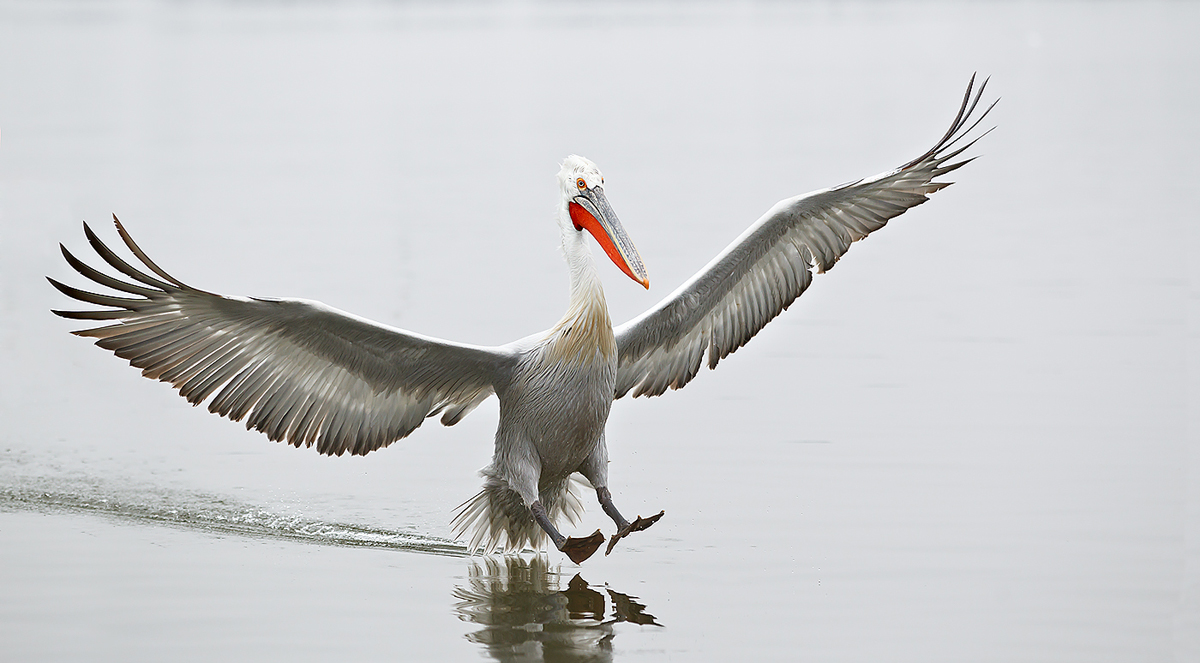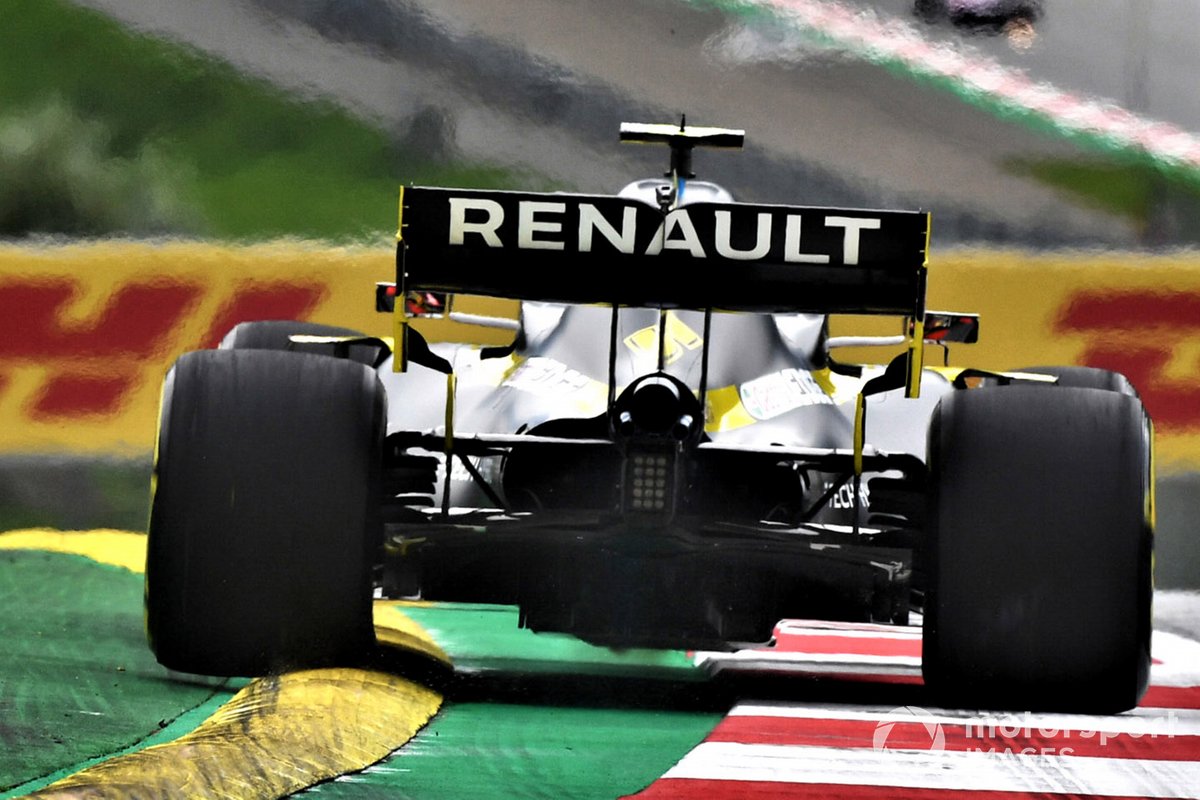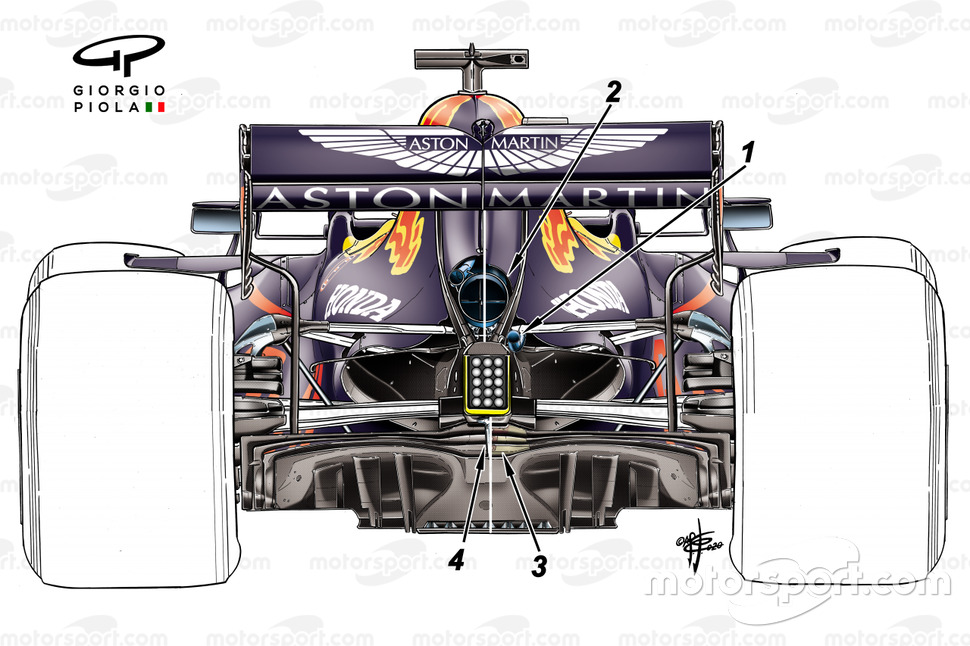Dipesh1995 wrote: ↑08 Jan 2021, 18:11
I've been looking for this footage since Turkey and have finally found it. At 0:21, you can clearly see the formation of the Y250 vortex and it's path. Playback speed of 0.25X works the best obv.
https://youtu.be/IR68jU6Fuz8

My drunken rendition, seems those venetian blinds will be pretty important next year because of how much they affect the rear tire squirt.


F1 bird brains still have some way to go to match these majestic bird brains. If only we could communicate with them.
Oh well, I'll put up with the "presents" they leave on my car for the knowledge they give me. It's a fair trade imo.
Here's my bird brained reasoning, if you have a very strong vortex(or vortecies in the case of the blinds) smacking the turbulent area of the tire, it's still increasing the pressure in that part of the tire. That makes the tire dead zone more attractive for any air flow(the tire dead zone is where the tire reverses direction, it is in line with the floor, and the outer section of the front wings). On top of that, the tire winglets are also reducing the pressure in the tire dead zone, further enhancing that area's attractivity to airflow. The rear wing endplates and coke bottle, as well as diffuser shape further help guide air there.
All those devices combined are using all sorts of peer pressure to encourage air into the diffuser, through the tire dead zone(squirt).
https://www.formula1.com/en/video/2020/ ... odium.html
You can see here a smokey CFD demonstration of how airflow goes around the rear tire and into the diffuser.
*1:22 in the video.

You know what...I think next season is going to be WTF hilarious. Whoever takes advantage of this is going to have a seriously fast car.
Ferrari made a nice gain on their car by arching their lower bargeboard boomerang, so that it swept upwards along with the venetian blinds like the wing on the birdy.











